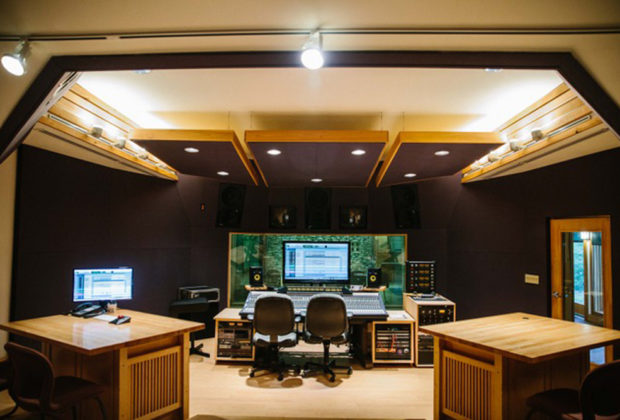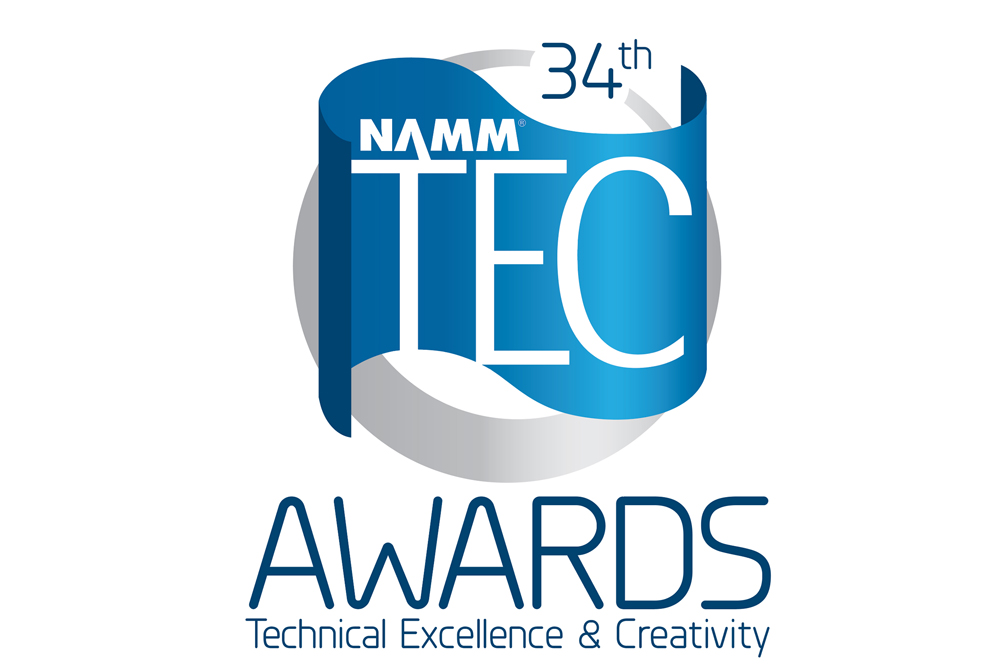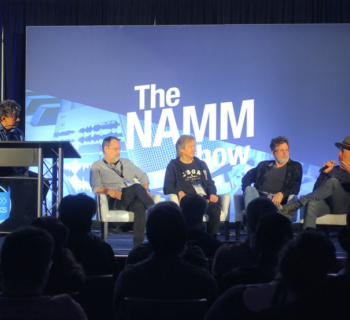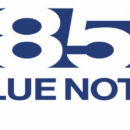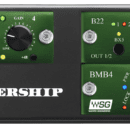In 1998, acoustic design firm Pilchner Schoustal helped Allen Dicenzo of Circa Music bring his dream studio to life. This one-of-a-kind facility located in Dublin, OH, was the site of many award-winning compositions heard in film and TV in the years to come. Allen and the Circa Music team have worked with A-list clients including Proctor & Gamble, Goodyear, Wendy’s, and Universal Studios.
Built at the genesis of digital technology, the studio was state-of-the-art for its time equipped with nothing but digital interfaces and thus was named “Tapeless.”
Fast-Forward to 2017 — legacy studios all over the country are closing their doors to make room for urban expansion and development. New York’s Hit Factory closed in 2005 and Clinton Recording in 2010, both buildings demolished to make room for residential housing units. By some measures, nearly half the historic recording studios in L.A. have closed including: CBS Columbia Square, Wally Heider Studios, Record One, RCA, American Recording, and Grandmaster Recorders...and development threatens other historic studios almost every day.
With the spread of high speed internet and low cost digital recording technology, engineers no longer need to be in the same city or even the same country to do business. For many, 5,000 ft2 of studio became overkill to heat, cool, and maintain. However despite its large size, Tapeless remained a world-class studio by any standard. Facing a similar fate in the midwest, in 2017 the facility was put on the market for sale at the risk of being gutted and sold for commercial office space.
Enter GROOVE U, a two-year music industry entrepreneurship program. Founder and Director, Dwight Heckelman couldn’t imagine a world in which such an iconic studio was plundered for the sake of cubicles. So Heckelman and Dicenzo banded together to preserve the integrity of this hidden gem, and in August 2017, GROOVE U took over the facility. The first thing they did besides add a fresh coat of paint was put tape back into Tapeless.

In the hallway between Control A and the Live room, you can find GROOVE U’s “Museum of Vintage Digital” which includes landmark equipment such as a first-generation ProTools interface, DAT recorders, DA-88 machines, and even the infamous ADAT. The size and weight of these older devices provides a stark contrast to the much smaller - and more powerful - Waves Soundgrid network that runs the facility now.
Meanwhile a well-maintained 8-track Otari MX5050 tape machine resides next to the console in Control A, ready for recording.
“Tape has persevered in the face of digital recording because it still provides a sonic signature that is hard to duplicate, and students need to experience that character.” Says Eric Van Wagner, lead audio production faculty member at GROOVE U. “But perhaps more important is the workflow that tape demands. Without an “undo” button it forces students to consider the big picture and commit to their vision - skills that will serve them well in the industry.”
GROOVE U uses a career-centered approach to learning developed by active industry professionals, and is guided by the philosophy that the music industry is creatively engaged, apprenticeship-based and relationship-driven. Classes are small and personalized and offer both broad, foundational knowledge and specialized areas of music study in: production, live, business, video and interactive. With a 4:1 lab:class ratio, students have plenty of hands-on opportunities to hone in their skills.
“There is no studio in the entire Midwest designed to the level of Circa. The fact that this studio can be used for education is a great thing,” said Allen Dicenzo of Circa Music. “No one is building studios like Circa today, because it just doesn’t make economic sense in these times. GROOVE U has a huge leg up on any other higher education program, because it’s highly doubtful any other higher education program could have such a space.”
The 5,000 square foot campus features two (2) control rooms with eight (8) inches of poured concrete and five (5) separate foundations to ensure sound isolation. There is over five (5) miles of Mogami cabling throughout the building, and 3 1/2 inches of glass separating the control room from the live room. The studio floor also features a Foley pit which is 30" deep and weighs over 12 tons.
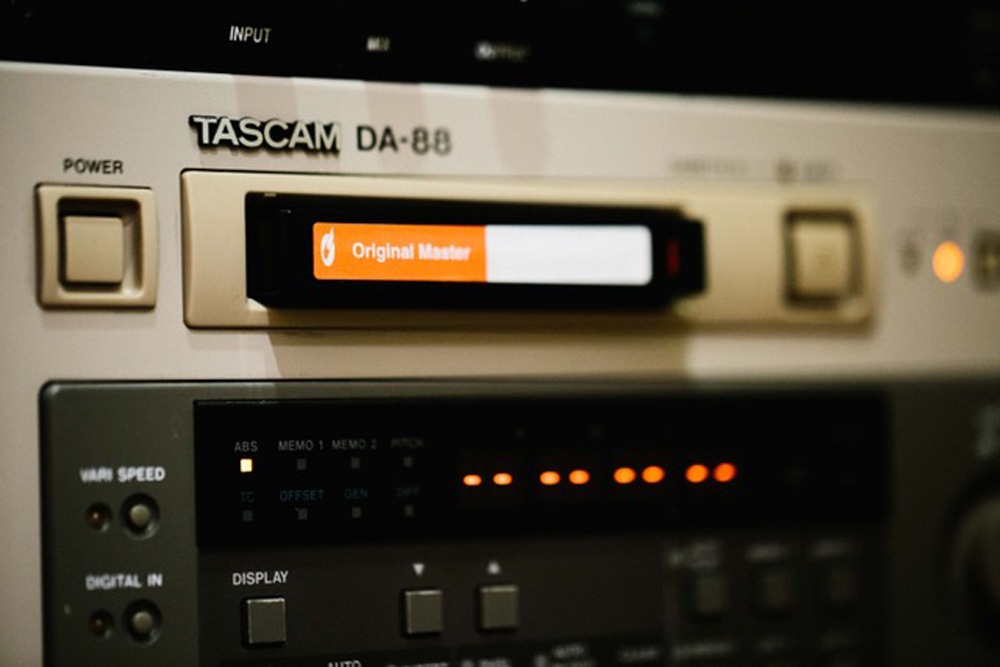
Another hallmark of Pilchner Schoustal’s design is the live room’s limestone wall arrayed with 4-inch copper pipes. The curved limestone wall provides high-frequency diffusion, while 60 copper pipes of varying length trap low-frequencies and simultaneously serve as the air return for the HVAC system.
"The facility draws heavily on the use of natural materials such as woods and stone to create an organic atmosphere comfortable for long hours of use. The departure point for the design stems from a philosophical position that studio space should fuel creativity and not be derived solely from technical dogma and equipment requirements. As such the design emphasis is placed upon the comfort of the user balanced with, and not subservient to, the technological integration,” said Martin Pilchner, Director at Pilchner- Schoustal
For more, visit grooveu.edu

